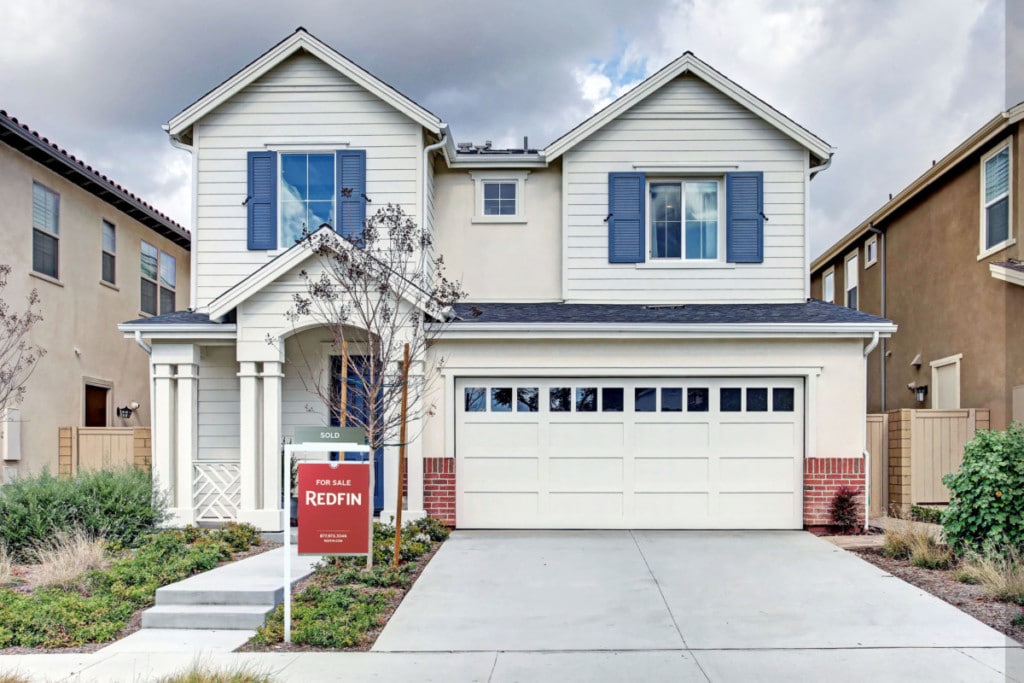If you’re a first-time homebuyer you’ve surely been putting pencil to paper to estimate what your future mortgage payment, taxes, insurance, and maintenance will be on a new home. However, before finalizing your list of new homeowner expenses, one of the often-forgotten costs to consider adding is private mortgage insurance (PMI). But what is PMI and how does it work?

What is PMI?
When you apply for a mortgage, your lender may ask if you’re going to put up 20% of the home’s sale price as a down payment. Depending on your local housing market, this can be a significant amount that not every homebuyer can afford. If a 20% down payment is too much for you to swing, your lender can look for other loan products that work with a smaller down payment.
However, if your down payment is less than 20%, private mortgage insurance (PMI) most likely will come into play. PMI is insurance you pay that protects the lender in case you default on your mortgage payments. PMI will cost between 0.5% and 1% of your annual mortgage and is added to your monthly payment. The money you put towards PMI does not go against your home loan and is considered an extra cost.
What type of home loan is right for you?
Discover your loan options and secure the right mortgage to fit your needs.
What PMI is not
What type of home loan is right for you?
To clarify, while you pay for PMI, it does not protect you as the homeowner. It’s a standard requirement to mitigate the additional risk a lender takes when extending a loan with a smaller down payment.
Do you need to pay PMI?
If your down payment is less than 20%, PMI is non-negotiable for most loan types. The good news is that you can discontinue this payment when you have paid off 20% of the loan’s principal amount – the equivalent of that 20% down payment. At that point, you can ask the lender to remove the PMI from your mortgage payments.
How to calculate PMI
The amount of your downpayment is the most significant factor in determining how much PMI you’ll pay. As you might expect, your PMI payment will be higher if your down payment is smaller.
If you’ve built a strong credit history that shows you responsibly pay your bills on time, you may qualify for a lower PMI premium. Your loan type can also affect PMI requirements. For example, a fixed-rate mortgage carries less risk than an adjustable-rate mortgage and usually has a lower PMI premium.
If your PMI comes in at a rate of 1%, here’s how you’d calculate for a mortgage of $300,000:
$300,000 x 1% = $3,000 per year
$3,000 ÷ 12 monthly payments = $250 per month
This amount you pay in PMI would be added to your regular monthly mortgage payment.
How to avoid paying PMI
The first (and easiest) way to avoid paying PMI is to make a downpayment of at least 20%. If that’s not an option, consider whether any of these six strategies could work for you:
1) Look for a lender who doesn’t require PMI
Some credit unions or lending institutions may not insist on PMI for individual applicants. For example, they may waive the PMI requirement if the borrower moves all savings and checking accounts to the lender’s institution. A lender may also waive PMI if the borrower has a stellar credit profile.
Other lenders offer portfolio loans – a direct private loan issued in-house, rather than sold to a third party lender, like Fannie Mae or Freddie Mac. Terms for this type of loan may involve smaller down payments (10-15%) with no PMI requirement.
2) Piggyback the loan
In this scenario, you’d take out a separate small loan for the 20% down payment and proceed with a conventional mortgage. The downside is that the smaller loan will typically have a higher interest rate than the mortgage loan. On the upside, you can deduct the interest on your tax return.
3) Apply for the Affordable Loan Solution
This loan partnership between Self-Help Ventures Fund and Freddie Mac makes loans available to low- to moderate-income homebuyers and allows for a 3% down payment with no PMI.
4) Pursue a VA loan if you qualify
Qualified veterans can finance 100% of their home purchase with no PMI requirement. However, it’s good to note there may be additional upfront fees involved.
5) If you are a physician, you may qualify for a particular physician loan
Some lenders offer specific loans to physicians with new practices and no extensive work history. These borrowers often carry large student debts, which skew their debt-to-income ratio. These loans don’t require PMI, even with a downpayment of less than 20%.
6) Look into first-time homebuying programs in your area
Take advantage of first-time homebuyer programs that vary by state, territory, county, and city. These programs assist first-time homebuyers with down payment assistance and closing costs that can in turn help them avoid paying PMI.
It’s worth shopping around with different lenders and homebuying programs that will work with your financial situation and hopefully not require you to pay for PMI.
Get pre-approved and secure your dream home



























 United States
United States Canada
Canada